
Neil Schwartz Photography

Audio By Carbonatix
In May 2024, The Nash announced plans for a $2.5 million renovation. The project, which was completed in recent weeks, provided a major facelift for the celebrated jazz venue as well as some other key operational upgrades.
To get a better idea of just what the process involved, as well as it’s long-term strategic value for the space, we spoke recently with executive director Joel Goldenthal. An ardent supporter of the local scene, Goldenthal describes The Nash’s history in promoting Phoenix jazz for bands and artists alike, and how the renovations better facilitate those goals. He also touches on the venue’s growing enrollment figures, the decorating process, the ongoing educational component for The Nash and the continued legacy of this swinging establishment.
Under The Nash’s efforts, Phoenix in jazz has truly flourished, and there’s every right to believe that this “new and improved” space will maintain those efforts long into the future.

A shot from the stage at The Nash.
Neil Schwartz Photography
This year, make your gift count –
Invest in local news that matters.
Our work is funded by readers like you who make voluntary gifts because they value our work and want to see it continue. Make a contribution today to help us reach our $30,000 goal!
Phoenix New Times: Joel, can you tell me a little history about The Nash and how it got started?Joel Goldenthal: In 2011, I started a conversation with then-former board member, Herb Ely. We met for coffee, and he said he would like to be part of creating a jazz performance and education center in Phoenix that would give young musicians a place to learn about this music and study it as well as to provide a performance venue. So that evening, I called him back and said, ‘You know, you should do this through Jazz in Arizona, and we should connect Lewis Nash to it.’ Lewis Nash is a world-renowned drummer who happens to have been born and raised in South Phoenix. So in 2012, The Nash opened. The first note in The Nash was played by Wynton Marsalis.
I see that enrollment has doubled at The Nash in the past few years.
It’s more than doubled, and here’s exactly what happened. We were progressing over the first 10 years of operation. But then we hired our first full-time education director, Dr. Clark Gibson. He immediately started recruiting and spreading the word, and as a result of his efforts, we went from an organization that had three ensembles to now we have probably 12. We’re gonna be serving 100 [students] a week starting this semester.
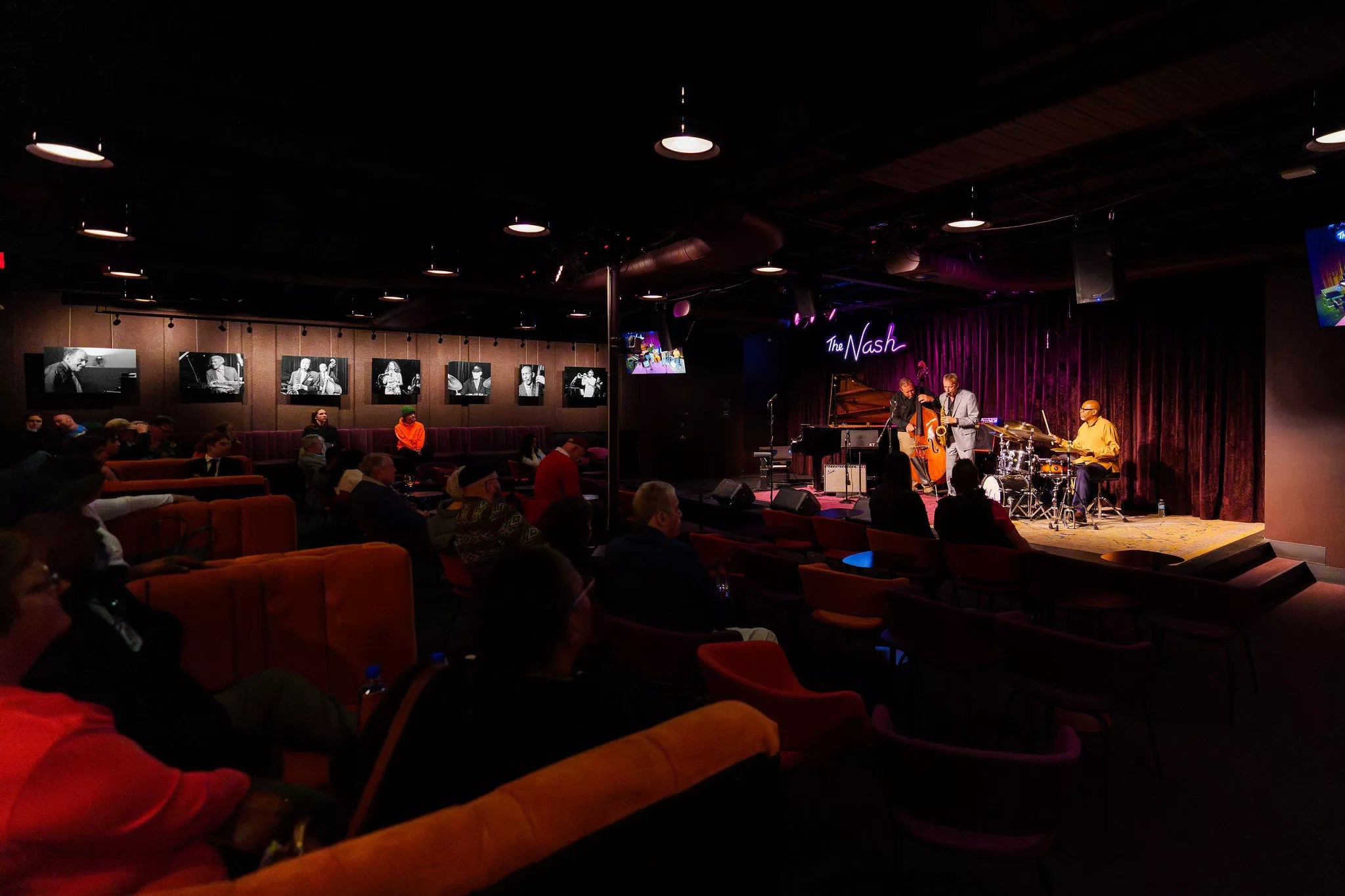
The “new” Nash has an even more inviting sense of ambiance.
Neil Schwartz Photography
Why the need for renovation?[The Nash] was very modest and very efficient and everybody loved it. What we wanted to do – it’s been my mantra from the very beginning of this – is, ‘new, new, new!’ We need a new audience; we need new everything. The problem with jazz and the problem with the organization is unless you proactively seek to build a new and younger audience, you’re going out of business. So, what we’ve done is created an environment that’s attractive to the established jazz community, but more important than anything else, it’s making it attractive to a younger demographic.
The idea behind the redesign was to make it attractive as a destination for younger audiences to discover music. So, we have four different kinds of seating now. We have table seating, we have banquettes on the sides, we have bar seating and booths. So we have different ways to enjoy the room.
The most exciting thing as far as I’m concerned, that’s happened in the last 13 years is we just started doing late-night shows. On Saturday night, we had a group starting around 10 and playing till one and there was one evening where we had 80 people come in basically off the street and [they] stayed for the night to check it out, listening to the music and spending money.
I see that you serve small bites. How about drinks?
We are hoping to purchase a full liquor license. Right now, we have a beer and wine license, and we’re actively seeking funding to get a full license.
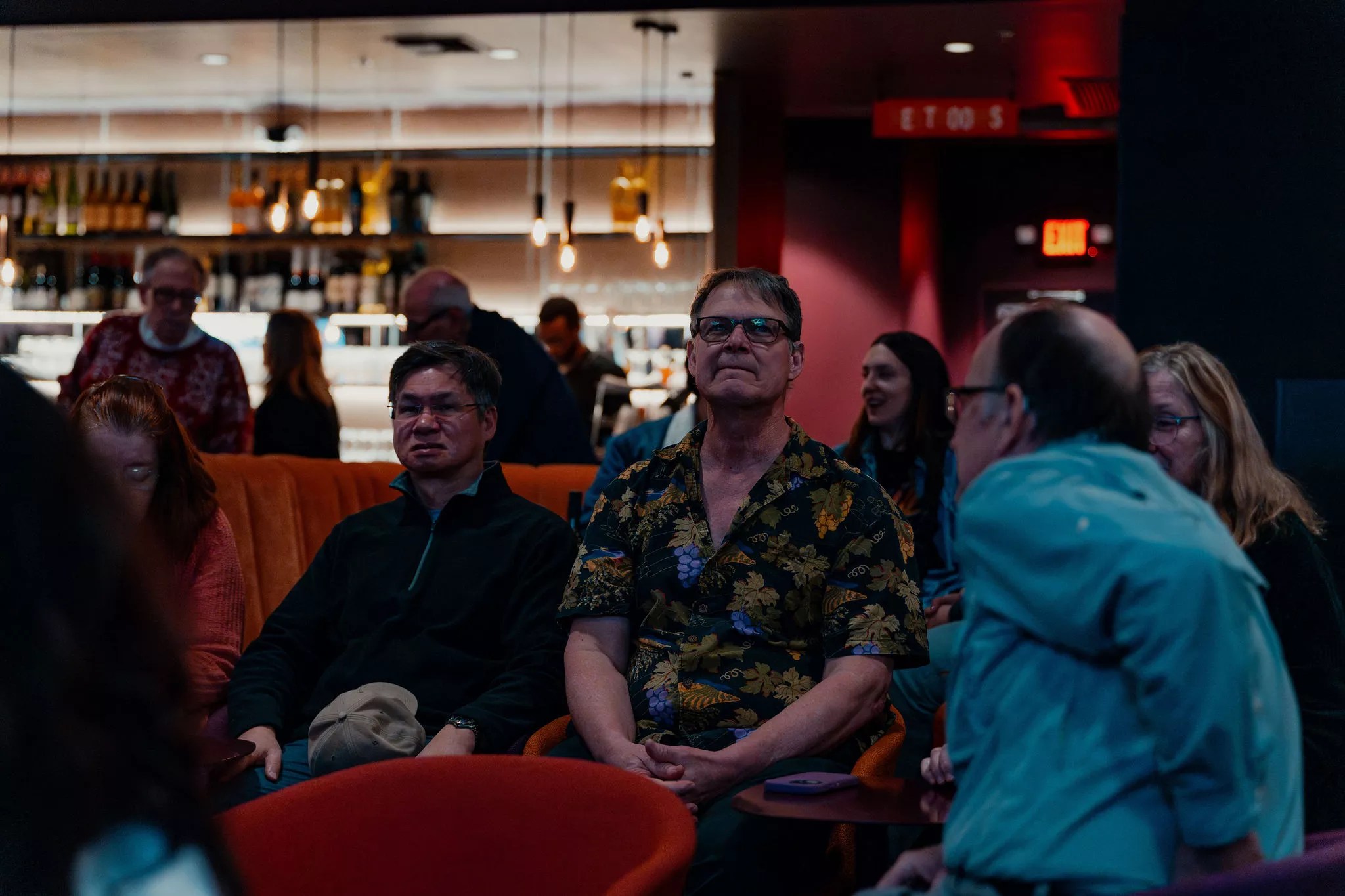
The crowd during a recent showcase at The Nash.
Neil Schwartz Photography
Did you have a part in the decorating process?We did have a design firm and we did review and provide input at every stage as far as color scheme and the feel of the club. In fact, the first design that came back actually was more reminiscent of a club called the Village Vanguard and some of the older clubs in New York. But I and the others on the team felt that it needed to be a more contemporary vibe.
I saw that you also obtained a separate educational space. Can you touch on that?
Taking the education out of [The Nash] building gave us more space to make the club a more attractive environment. We leased 3,200 square feet of space in a semi-adjacent building for education which has three rehearsal rooms that can accommodate groups simultaneously, which is something we did not have prior to the expansion.
We could not do performance and education simultaneously, nor multiple education. So that’s what precipitated the expansion, and we were fortunate to get a $1 million gift from the John Dawson Foundation to enable the education expansion, which basically covers the overhead of the center for 10 years.
Has The Nash now become everything you envisioned 13 years ago?
You know, when I first sat down with the board and after the conversations that I had with Herb [Ely], and we talked about doing this, it seemed unattainable and too risky in the first place. One of our board members, Jeff Libman, said, ‘This is a grand experiment.’ And those words never left me because that’s really what it was from the very beginning. What we’re doing is really an unprecedented model in the whole country.
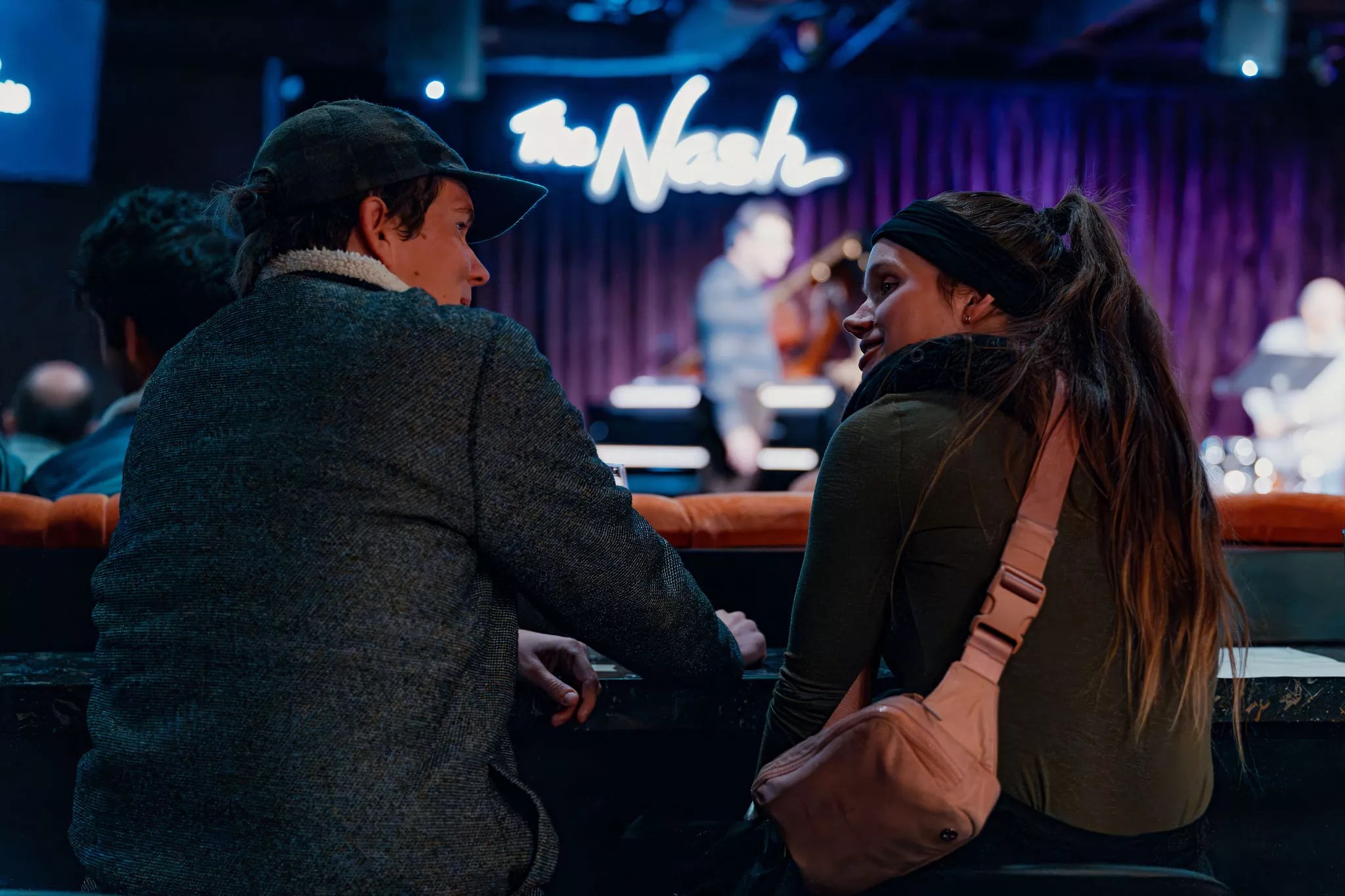
More crowd shots from a showcase at The Nash.
Neil Schwartz Photography
How so?We did a ton of research, and even visited some other organizations, so we had some starting points and some best practices. And the truth of the matter, there really was not another model in the country for it. I mean, sure you have Lincoln Center Jazz and SF Jazz, which are huge operations, but there’s nobody with a smaller operation that is seamlessly blending education and performance, which is one of the things that we do.
I used to say, we incubate them on one side of the venue and we present them on the other side, and we provide interactions of students with world-class musicians — the value of it can’t even be assessed.
Why is The Nash so important to Phoenix and perhaps the country?
Mike Kocour, who’s the director of jazz education at ASU at the Herberger School of Music, said that basically there’s nothing that he can do in [his] institution that compares with one night of exposure.
The Nash. 110 E. Roosevelt St. For performance schedules and tickets, visit thenash.org.

Joel Goldenthal poses at The Nash.
Neil Schwartz Photography
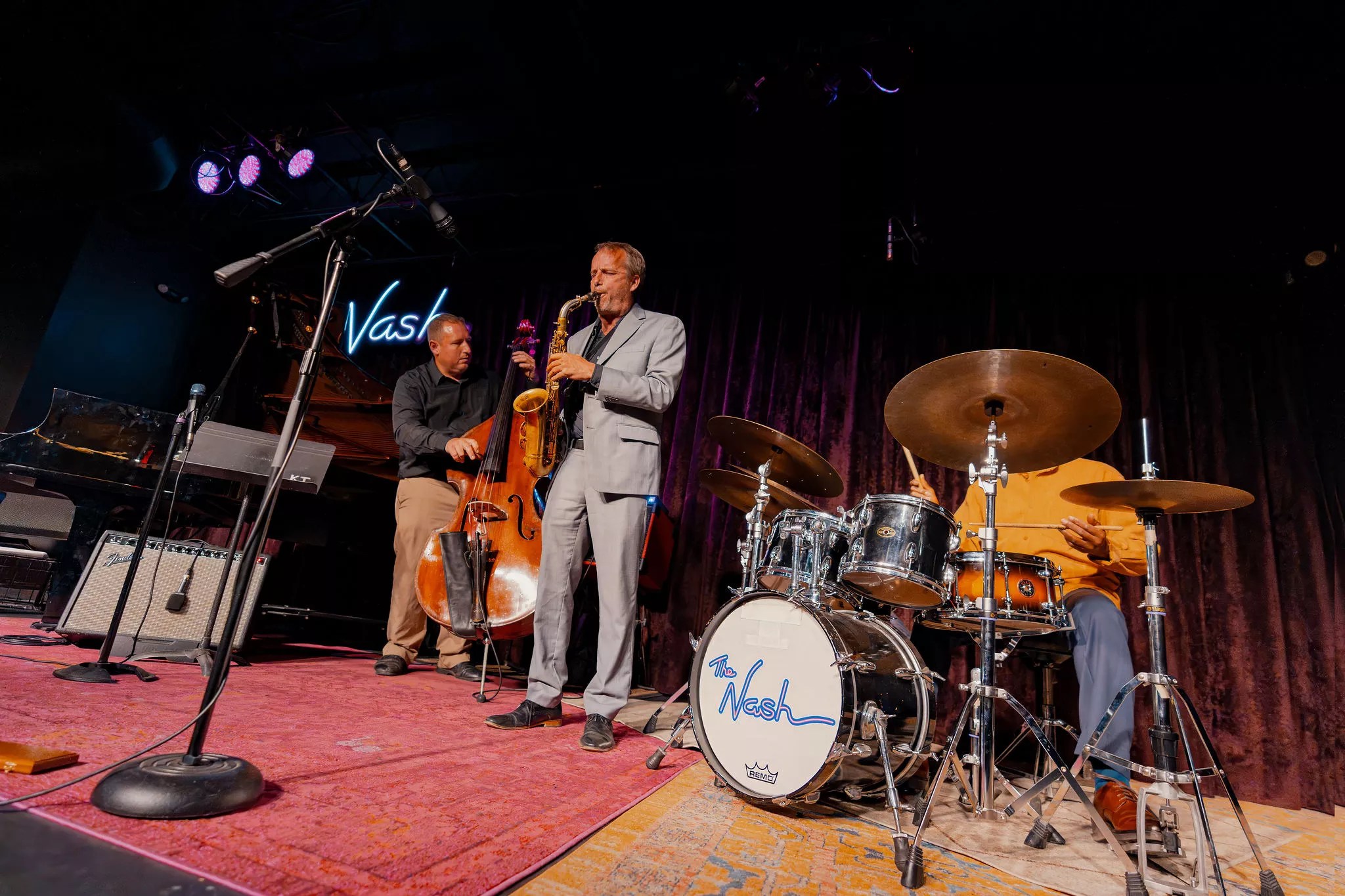
Several performers during a recent showcase at The Nash.
Neil Schwartz Photography
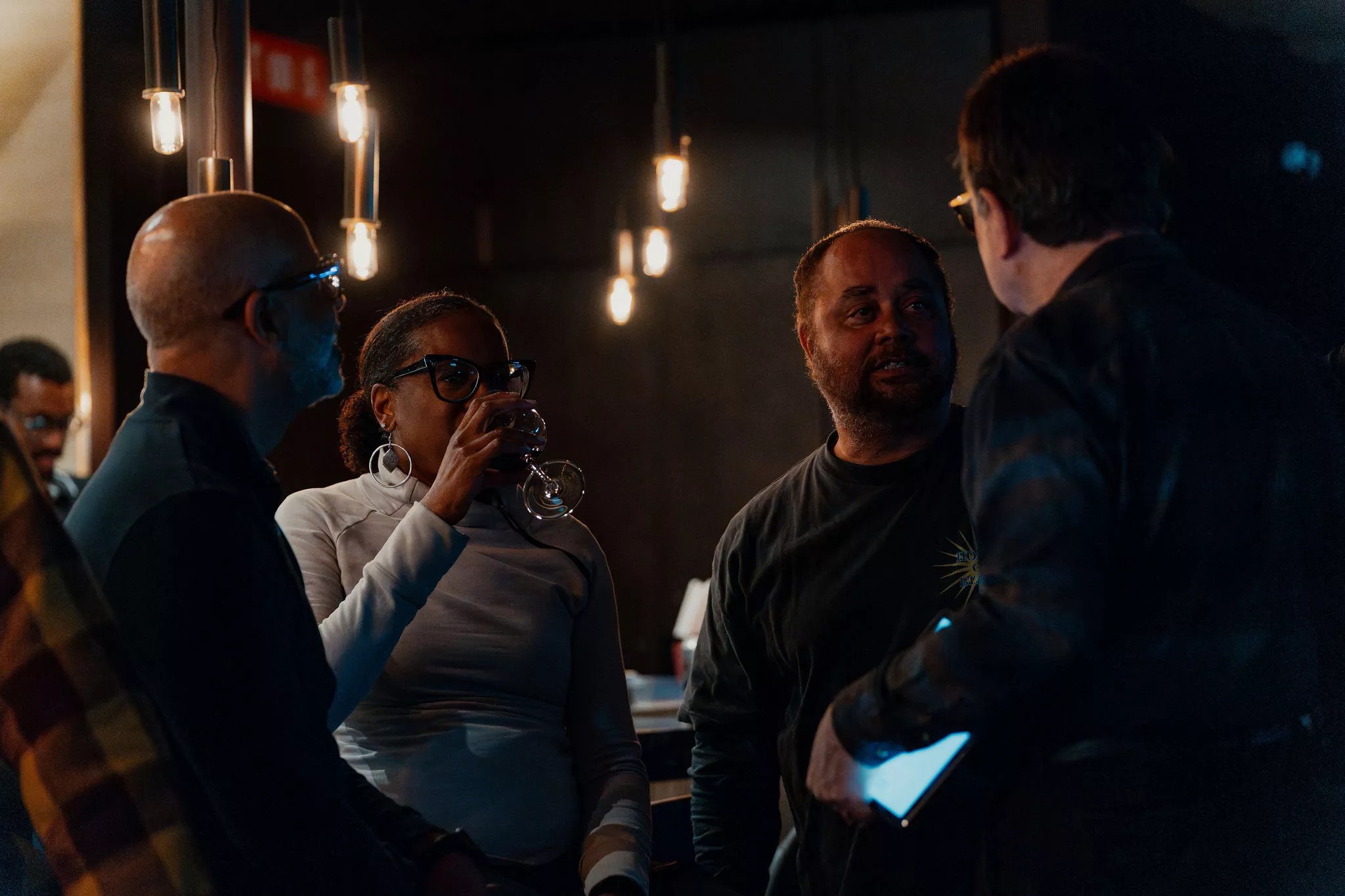
The crowd gathers during a recent showcase at The Nash.
Neil Schwartz Photography

Joel Goldenthal tickles the ivories during a set at The Nash.
Neil Schwartz Photography

Another shot of The Nash’s seating arrangement.
Chais Renea Genter
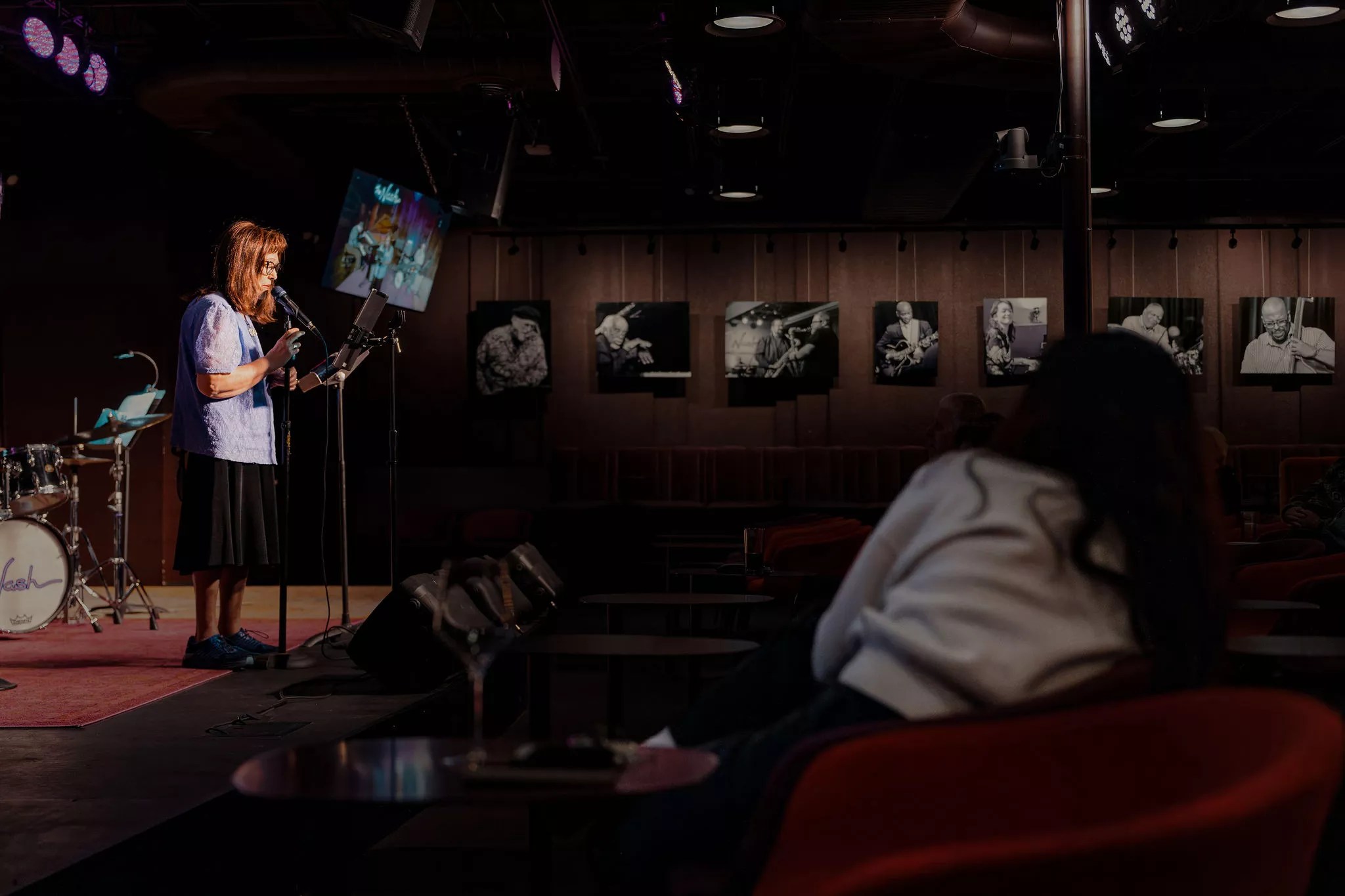
Another performer on stage at The Nash.
Neil Schwartz Photography

More interiors from The Nash.
Chais Renea Genter